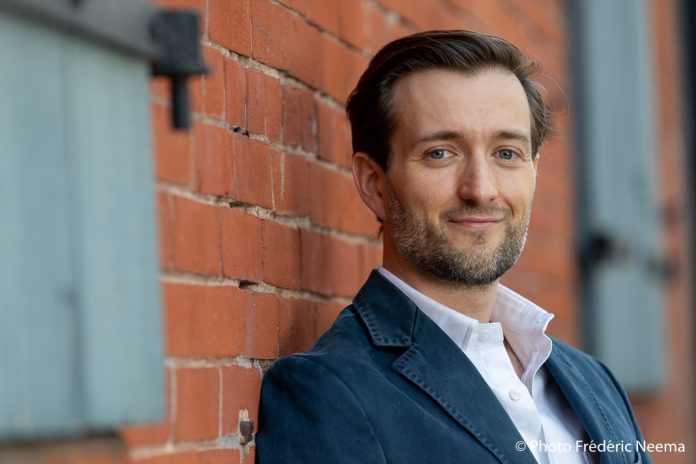
He is neither an epidemiologist nor a researcher. And yet, the Frenchman Tomas Pueyo has become, thanks to a single article, one of the most widely read authors on the subject of coronavirus. American journalists have even invented a qualifier for him: “influencing coronavirus”.
At the origin of this sudden notoriety, "Coronavirus: why you must act now", an article published on March 10 on the Medium site, seen more than 40 million times and translated into more than forty languages. Based on numerous data and comparisons between China, Korea, France, Spain, and the states of Washington and California, Tomas Pueyo predicted the imperative need to take strict measures of containment and distancing social quickly to avoid many deaths. “Initially, I analyzed data on this epidemic and I shared my results on Facebook, for my friends. A Parisian friend asked me to gather all this data in an article on Medium, so that I could share it more widely“, Says Tomas Pueyo. “The article went viral and was picked up by newspapers. I knew there would be interest in the subject, but not to that extent.”
The success was such that Tomas Pueyo instantly became an expert, invited to CNN and elsewhere to talk about his analysis. And adorned for example with the nickname “Nostradamus of the coronavirus” by a Spanish newspaper.
Help make the right choices
Tomas Pueyo, a graduate of Centrale Paris and an MBA from Stanford, is vice president of growth for an online education platform, Course Hero, south of San Francisco. He relied on his training as an engineer to analyze data on the epidemic and his experience as a consultant which allowed him to quickly immerse himself in a subject as specialized as the Covid-19: "I am not at all an epidemiology specialist, but I am passionate about complex subjects: I study them thoroughly, so that I can explain them to others. And when you see 40 million views on an article, you say that you can really contribute to the conversation around the Covid, and help the community, businesses, governments to make the right choices."His approach is also motivated by the lack of responsiveness that he noticed at the beginning of March:"I was worried that we would not react, when it seemed obvious that we were going to have to confine ourselves as in China. After this first article, I think many people have understood the need to make strong decisions quickly.”
On March 19, Tomas Pueyo publishes “The Hammer and the Dance” (Editor's note: translated into French here) which develops the idea that it is necessary to strike hard to stem the epidemic (the period of confinement, “the hammer”), then learn to live with new standards when these measures are lifted (“dancing”), while waiting for a vaccine to be available. The metaphor has won over more than one analyst or editorial writer and has become the go-to reference for anyone who dares to predict what the next few months will be.
Born in Nantes, and having spent a large part of his life in Spain, the Franco-Spanish obviously observes the management of the crisis in Europe, and deplores that certain measures are not taken when the confinement begins to be lifted: “It is very important to reopen the economy, because the hammer is very expensive, and it must be limited in time. Nevertheless, we can use this time to identify the measures necessary for the after, what I call dance. Western countries have been too late, and have not done the right thing: masks should be mandatory, but in France and Spain, they are not. It is also necessary to be able to trace the contacts of infected people. If we are not ready to dance, the epidemic may resume in some countries.”
Tomas Pueyo, however, is confident about the next outcome of this crisis, in particular thanks to the knowledge gathered on the virus, which would quickly stem a resumption of the epidemic. They will also guide the modalities for relaxing containment, which he detailed in his last articles published on Medium: “We now know a lot about the virus. Most infections happen in closed places where large numbers of people live. In the street, it is very unlikely to catch the Covid, so you can open the beaches or the parks, but the masks will have to be compulsory and the number of people limited.“






